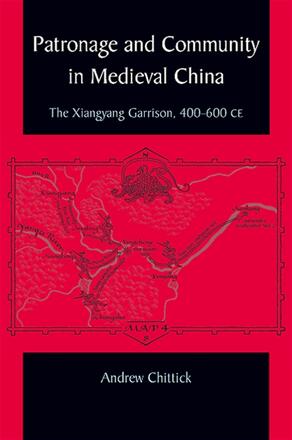
Patronage and Community in Medieval China
The Xiangyang Garrison, 400-600 CE
Alternative formats available from:
A vivid portrait of the culture of a provincial military society in China’s early medieval period and its interactions with the southern imperial court.
Description
This first book-length treatment of a provincial military society in China's early medieval period offers a vivid portrait of this milieu and invites readers to reevaluate their understanding of a critical period in Chinese history. Drawing on poetry, local history, archaeology, and Buddhist materials, as well as more traditional historical sources, Andrew Chittick explores the culture and interrelationships of the leading figures of the Xiangyang region (in the north of modern Hubei province) in the centuries leading up to the Sui unification. Using the model of patron-client relations to characterize the interactions between local men and representatives of the southern court at Jiankang, the book emphasizes the way in which these interactions were shaped by personal ties and cultural and status differences. The result is a compelling explanation for the shifting, unstable, and violent nature of the political and military system of the southern dynasties. Offering a wider perspective which considers the social world beyond the capital elite, the book challenges earlier conceptions of medieval society as "aristocratic" and rooted in family lineage and officeholding.
Andrew Chittick is E. Leslie Peter Associate Professor of East Asian Humanities at Eckerd College.